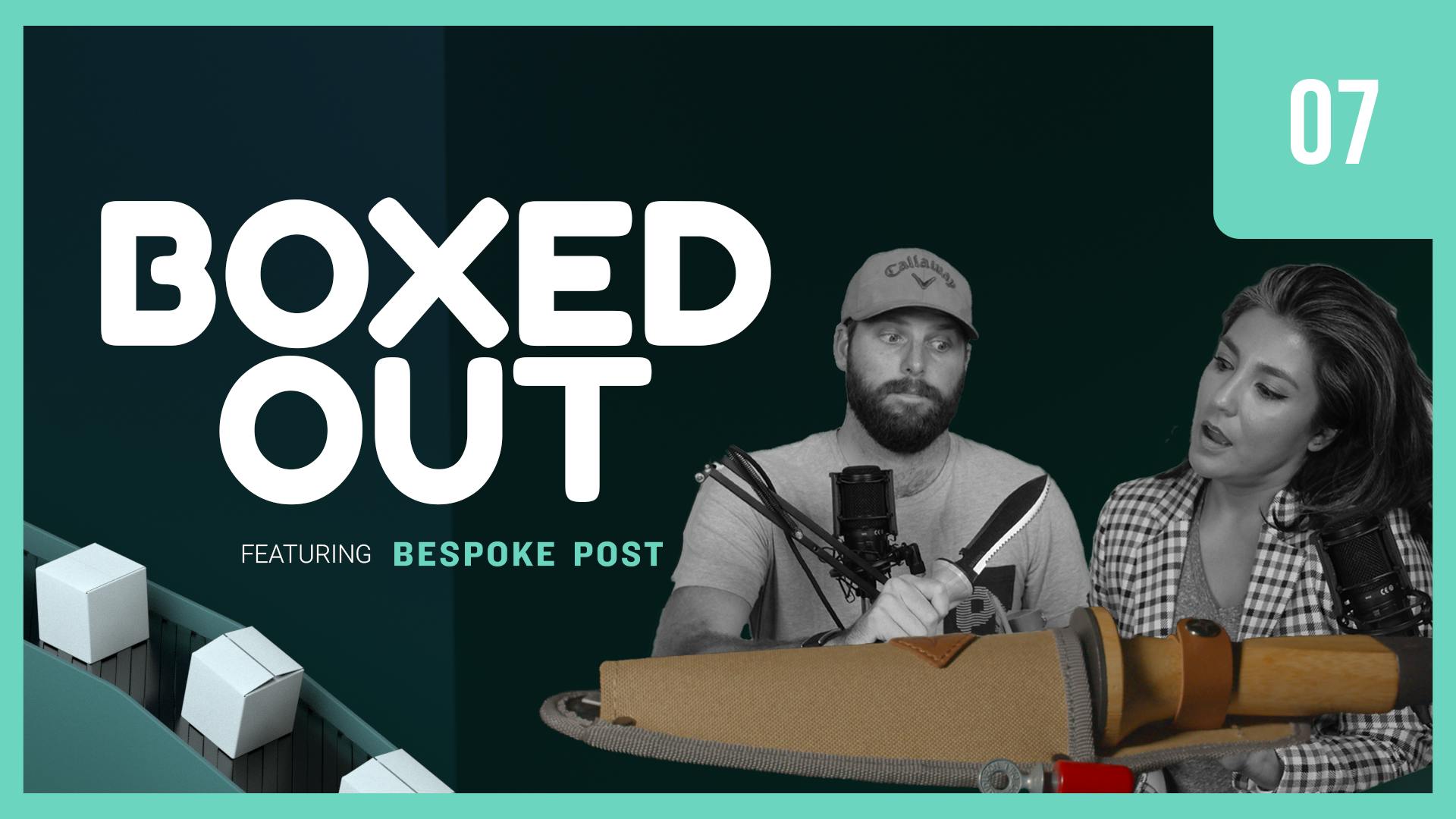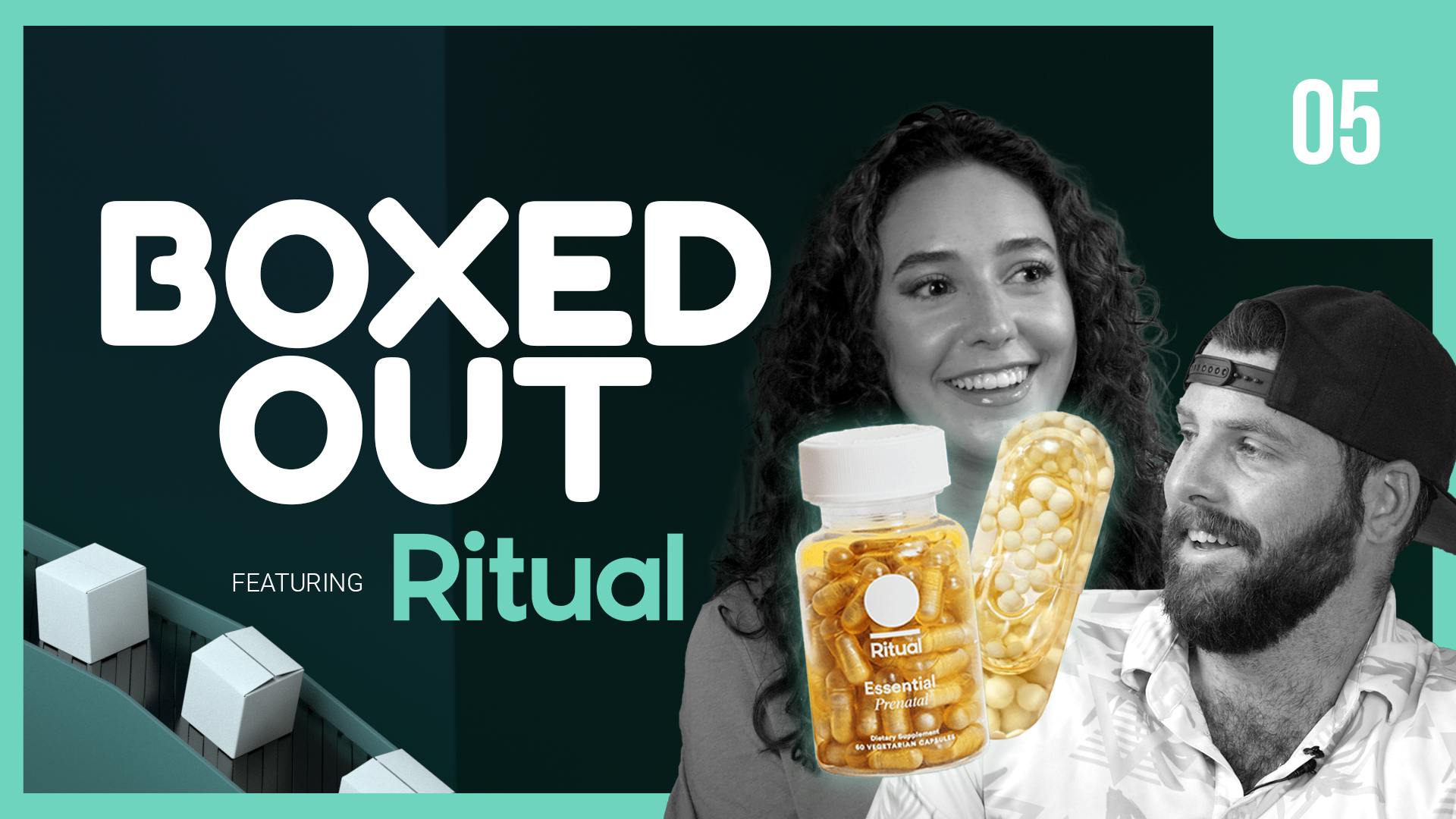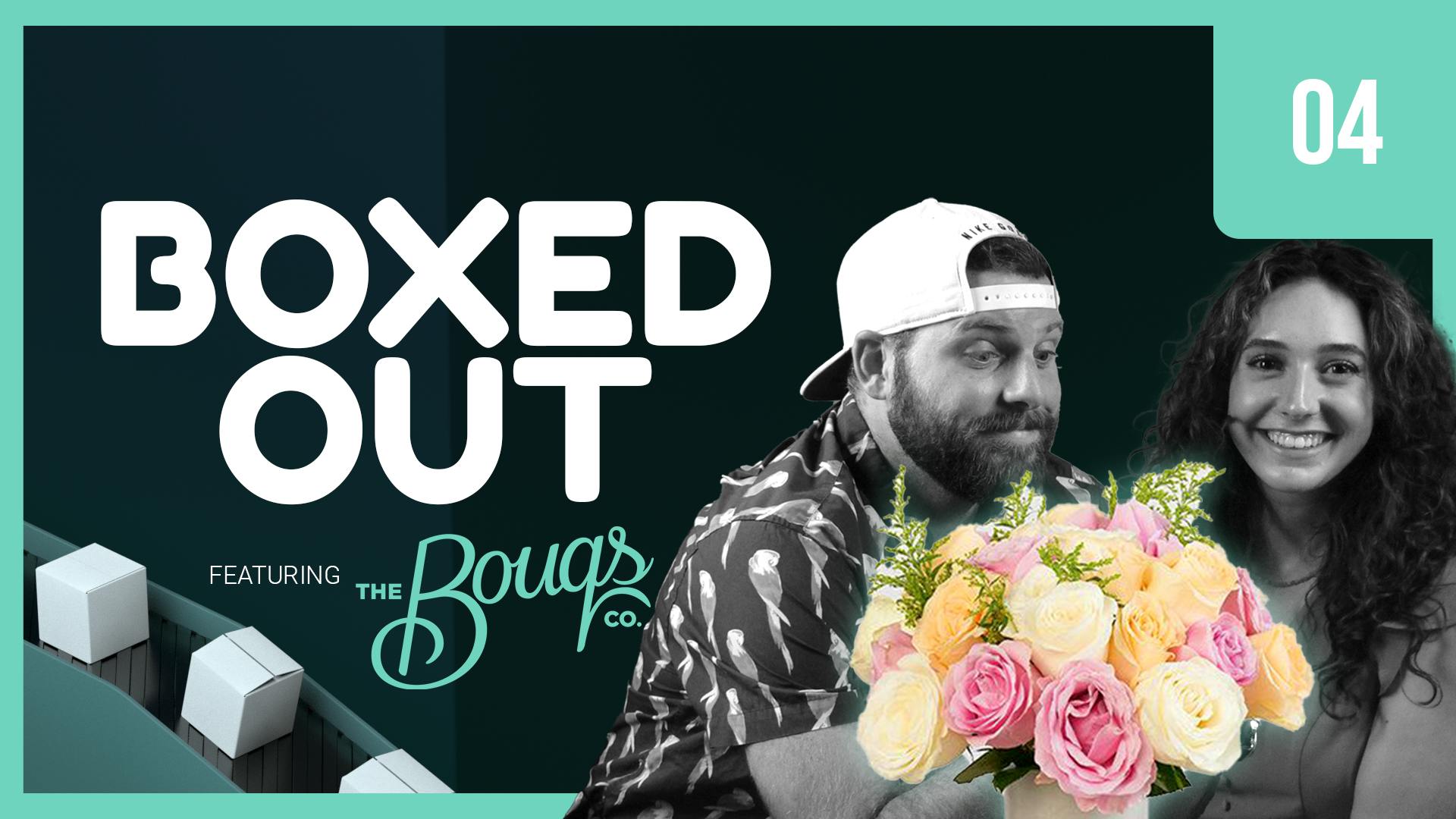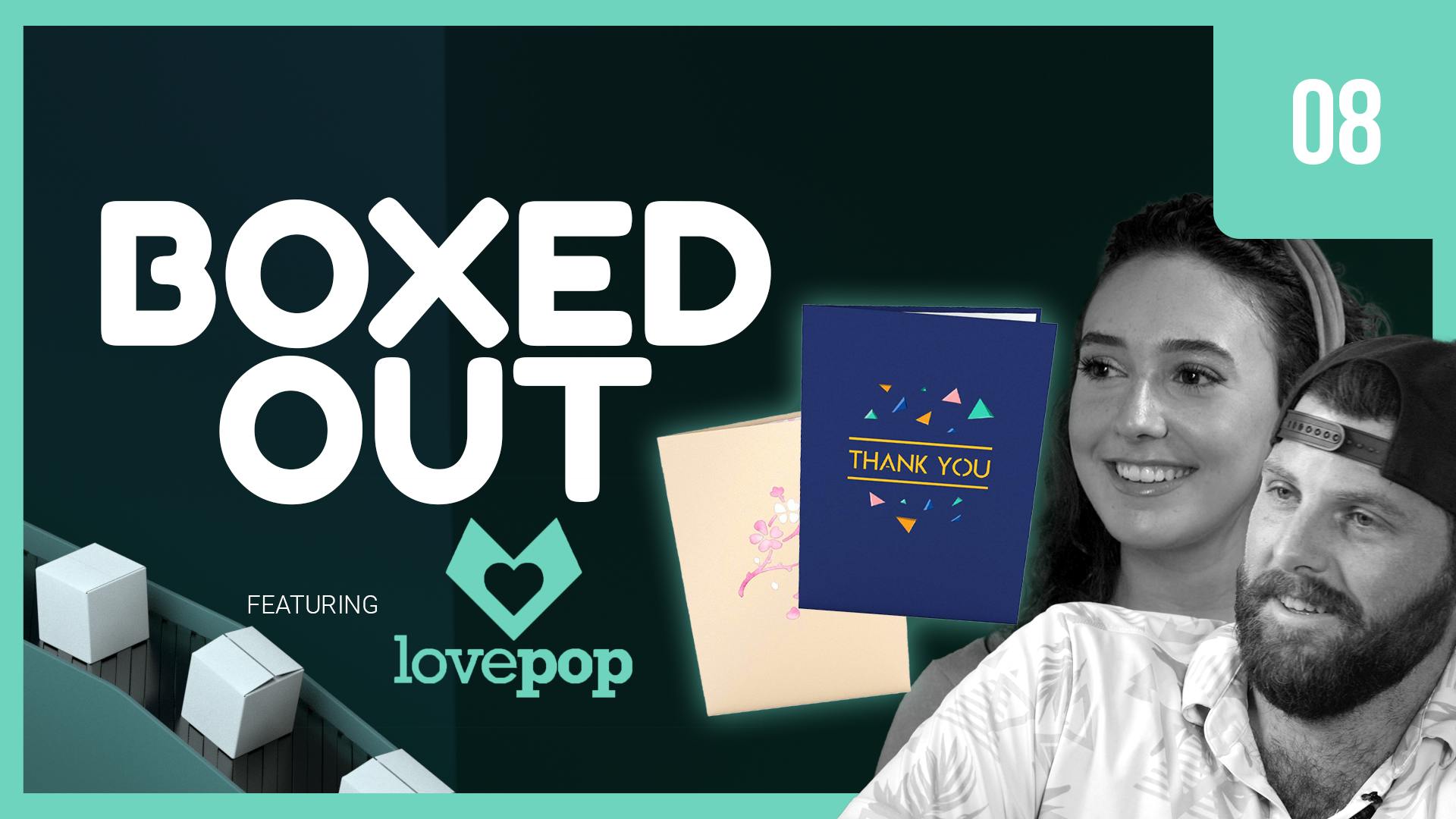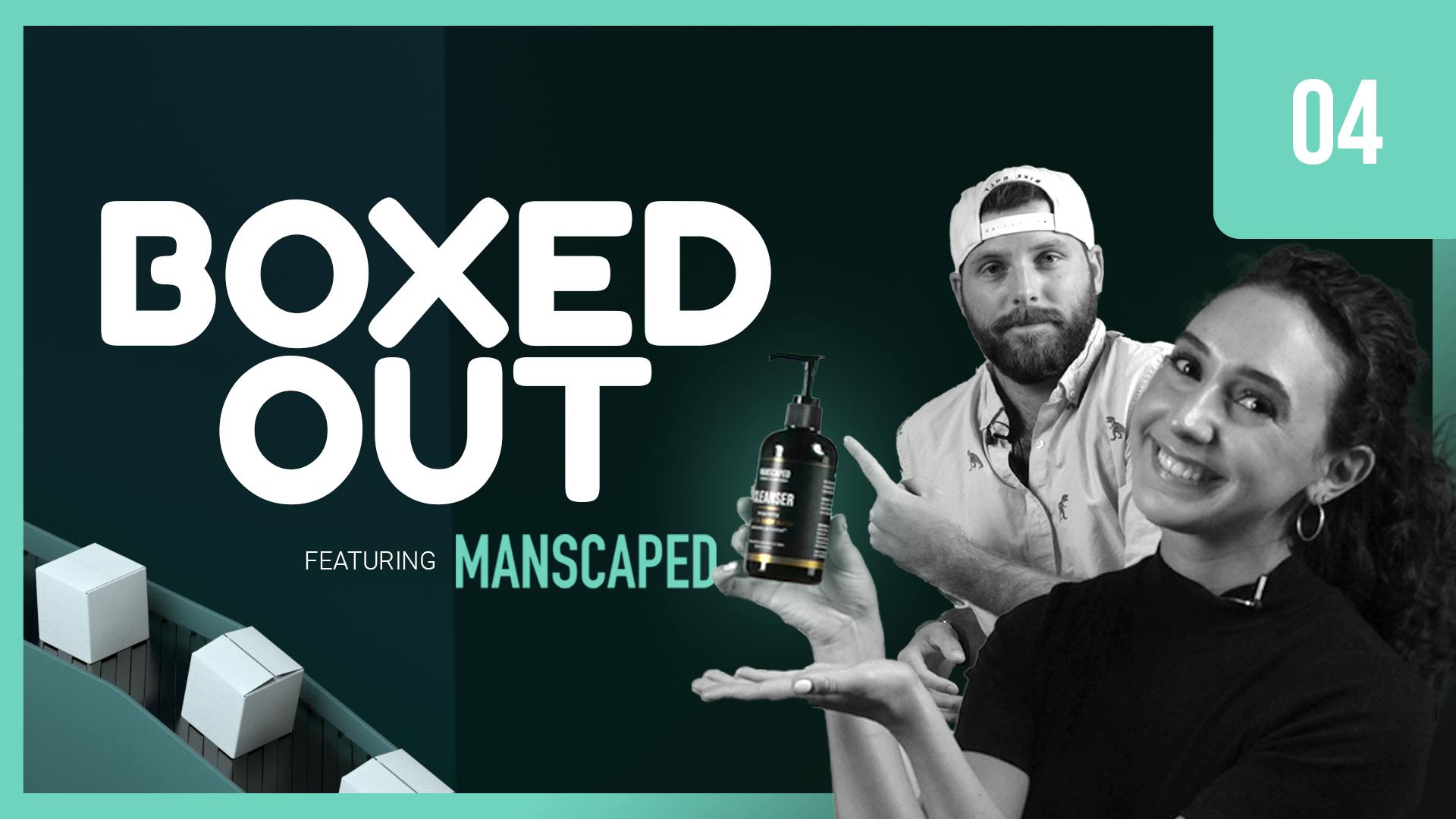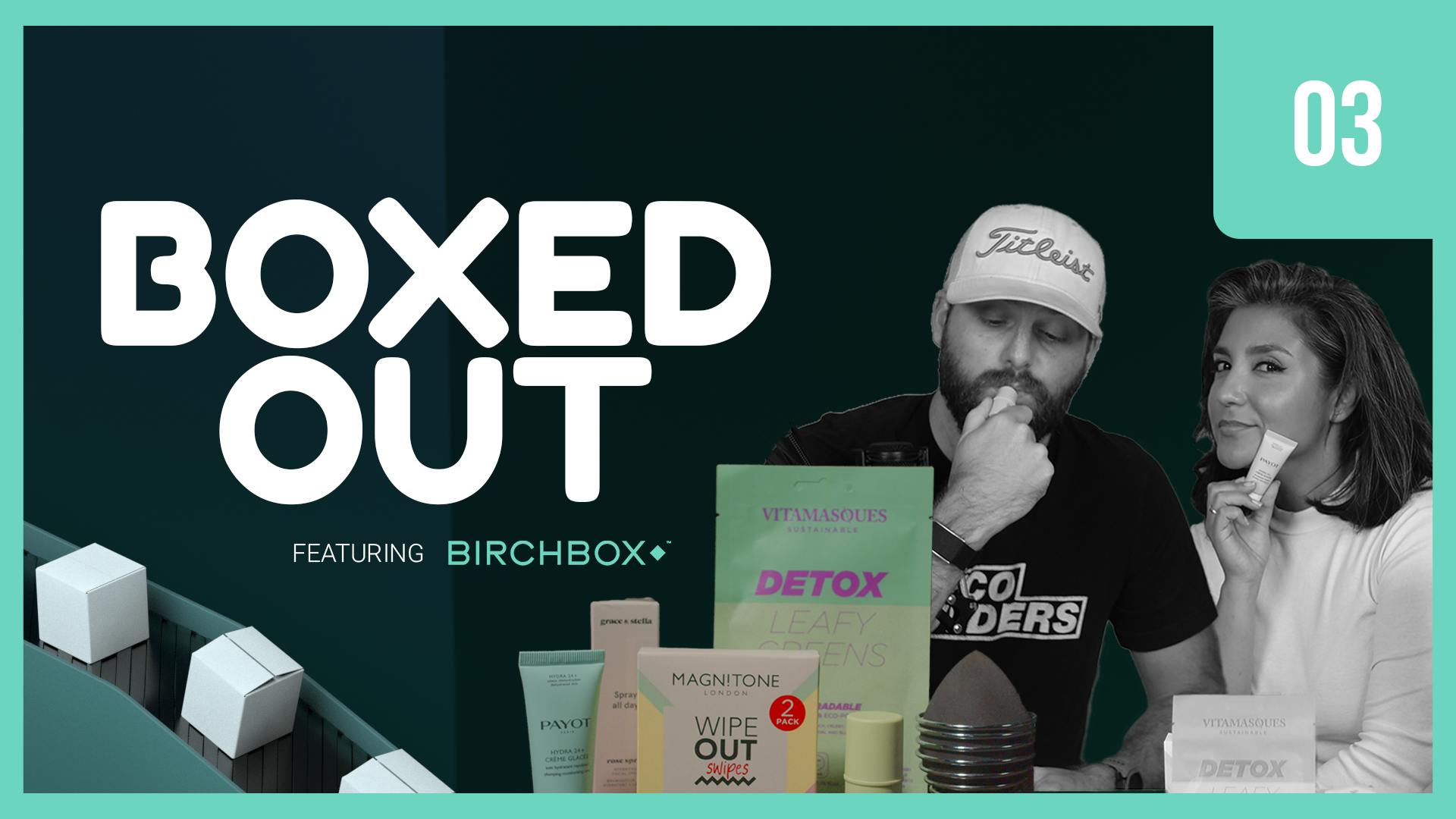
Winc: data-driven wine
This episode might reference ProfitWell and ProfitWell Recur, which following the acquisition by Paddle is now Paddle Studios. Some information may be out of date.
Please message us at studios@paddle.com if you have any questions or comments!
Today we're talking about Winc, a company that's changing up the wine market. We're going to learn how Winc is crushing it by using real customer data to make wine for people. Then, we're going to jump into what it’s doing great — and not so great — with its subscription retention strategy, wrapping this all up into a nice case study for improvements for your own brand.
Winc's bold move to make wine for people instead of critics has set it apart from its competitors. But can they keep up with consumers' changing tastes and demand?
Key takeaways:
- Brand and design increase retention
In Winc’s case, its sophisticated and sleek brand helps establish its value proposition that the company knows about good wine.Furthermore, brand and design have a significant impact on retention. We found that those who had a high affinity for your design retained at a 20%-25% higher rate than those who viewed your brand neutrally. - Offer a membership option
The membership idea may seem super basic, but it actually has an important impact. Members tend to have 20% higher average order value and 10%-15% better retention than subscribers on basic plans, especially those on subscribe-and-save plans.It's not enough to offer a random discount, however. Be sure to provide additional value and an exclusive community feel. - Offer SMS sales
Winc's use of secret SMS sales is a great tactic that's not utilized enough. Not only does this strategy offer a solid hook because it offers customers the chance to be a part of something exclusive, it also practically guarantees engagement.
SMS has an insanely high open rate, and it’s a marketing channel not enough companies are using.
Winc
Wine has been around for thousands of years. In fact, archaeological records indicate that wine was first produced in China around 7000 B.C. A recent chemical analysis revealed that a mixed fermented drink of rice, honey, and hawthorn fruit and/or grape was very possibly the earliest alcoholic beverage in the world.
Today, it’s evident that demand continues to grow—the global wine market is estimated to reach $689.3 billion by 2028. However, consumer taste is changing. U.S. consumers spent more than three times as much on wine consumed at home as on wine purchased at full-service restaurants.
It’s no secret that the 2020 pandemic changed the way that consumers purchase products, including alcohol.However, online alcohol sales saw an incredible 167% increase. One company disrupting this massive market (even before the pandemic) is Winc—a modern wine club making it fun and easy to discover and explore new wines while delivering them right to your door.
Established with a passion for creating a personalized wine-drinking experience and providing each bottle with a sentimental story, Winc was co-founded by Brian Smith and Geoffery McFarlane in 2011 in Los Angeles, CA.
Brian’s extensive experience as a sommelier and brand developer paired with Geoffery’s 15 years of business strategy, operations, and financial management experience was the perfect combination to create one of the most successful wine programs in a highly competitive industry.
Winc's success
Winc’s success can be attributed to two main factors:
First, it thinks outside of the box. With the objective of building a well-curated and extensive portfolio of wines—hand-picked and consumer-centric—to help members have an easy time making wine selections, the brand has managed to also bring excitement and enjoyment to the wine purchasing experience.
Ordinary wine companies strive to weather the industry's stiff competition by creating wines that appeal to critics. Winc takes a bold step out of the norm to make wine for the people, not critics. Although simple on the surface, this is actually a radical concept that distinguishes the company from its competitors.
Additionally, Winc is built upon the spirit of collaboration. Brian conceded that everything comes down to people. This means assembling a team of highly dedicated employees that can provide brilliant and unique ideas that add value to the product portfolio and the company. Winc collaborates with renowned companies and individuals to remain a thought-leader in the industry.
Winc implements a hands-on approach throughout the entire wine production process, from branding, shipping, and retailing to the moment it's poured into the glass. Winc guarantees each consumer that their wine order is purely made and branded in-house.
The company maintains close connections to consumers to influence their wine-making decisions. The result is an extensive portfolio of wines, including Red, White, Sparkling, Vegan, and Rose. It also specializes in top-tier varietals like Pinot Noir, Chardonnay, Pinot Grigio, Cabernet Sauvignon, and Grenache.
To join Winc, customers need to answer a short series of questions around their preferences. Once you join, you get 60 credits deposited into your Winc account to use toward exclusive wines at member-only prices. You can choose from personalized pairing recommendations or explore and pick your own bottles. You can also order whenever you want. Your credits rollover and never expire, so you're able to skip a month or stock up as needed. The program overall is super flexible and delivered right to your door with free shipping on orders of $50 or more.
Today, Winc is one of the latest wine companies to tap into equity markets by announcing in early October, 2021 that it would go public with an IPO valued at a total of $263 million. And since the company has always focused on customer needs, it is in the right place at the right time for maximizing profitability opportunities.
Retention Review
Not everything is amazing about Winc’s strategy, but there is still a lot to learn from the brand. It does a great job with leaning hard into its wide variety of consumer personas. That being said, we need to remember: retention is key and an area where most brands mess up.
Why is retention important?
You spend half of your budget and time acquiring customers, but to be successful, you need to keep them. The beauty of the subscription model is that the relationship with the customer is baked directly into how you make money. If that customer is happy, they'll keep buying from you in the long term. If they're upset or not seeing the value, they'll cancel—quickly.
Plus, money talks here. Subscription ecommerce companies using the tactics we're going to talk about have 2x the customer lifetime value (LTV), 2x the average order value, and 3x higher growth rates, because they're not worried about plugging a leaky retention bucket.
To highlight the importance here, let's look through Winc's retention strategy and break down what they're doing well, and not so well, so you can learn for your own DTC business.
Retention has three parts:
- Active churn, which are customers who are actively choosing to cancel your product.
- Expansion revenue, which are your existing customers that buy more product.
- Delinquent (or involuntary) churn, which are customers who's credit card or payment has failed, which sadly is one of the largest single buckets of where you're losing money.
Active Churn
When we look at Winc's active churn, there are so many reasons why a customer may cancel—some you can control, others you can't. We want to make sure Winc is not only setting up their customers for long-term retention in the initial purchasing process, but that they're also collecting information on why someone's cancelling, if they so happen to, in order to get a clean cycle of retention improvement.
Winc does a really good job with its branding and onboarding processes. Winc’s sophisticated and sleek brand helps establish its value proposition that the company knows about good wine. Winc further establishes itself as a sommelier through its user quiz. Customization options also lock customers in because they get wines they feel good about trying. Creating a sense of loss aversion makes purchases more likely since the quiz drops buyers right into selections.
We often don’t appreciate the impact brand and design have on retention, but we found in a study on fifty-thousand subscription customers that those who had a high affinity for your design retained at a 20-25% higher rate than those who viewed your brand neutrally. Throw in customization paths, which we know increases retention as well, and you have a great recipe for getting customers hooked.
For your brand, remember design affinity is important for your audience.Sometimes that means having an objectively terrible looking site that just works for the customer base. Other times that could mean creating something worthy of a digital museum. Also, make sure to consider which sources you learn the most about your customer from. Winc has a curation problem mainly because it ends up with so many different options to send customers, which is why the preference quiz is important. It’s also important to nurture your customers into sticking around longer.
In that vein, I also really liked the membership option Winc offers that gives customers more discounts and benefits. It even goes a step further by including recipe pairings with each selection.
This membership idea may seem super basic, but it actually has an important impact. Members tend to have 20% higher AOV and 10-15% better retention than subscribers on basic plans, especially those on subscribe and save plans. This was according to a study we did analyzing thirty-thousand different subscription ecommerce customers. Keep in mind, though, it’s not enough for your brand to just throw a random discount in. It’s better to provide more content and a community feel to retain customers.
One area Winc was really lacking was in its cancellation flow. When I went to cancel, it had great messaging (as always), but then I hit a terrible experience in which I had to call or chat with a support representative in order to cancel. The whole process is full of friction. At the end, Winc didn’t even really try to save me as a customer. It needs to badly implement something here. At the very least, it should ask why I’m canceling and then offer something to get me to stay.
This level of friction never pays off in the long run because companies with this type of off-boarding tend to have very poor reactivation rates, even if their short term cancellation rate is a bit lower.
Remember, sometimes cancellations are about timing. You should add a little bit of friction with an off-boarding flow that asks why someone’s canceling to learn from that data and then offer them different options to stick around or pause their subscription. They may still leave, but because of the good experience, more of these customers will come back than if you give them a bad experience.
Expansion Revenue
Expansion revenue is crucial, because your existing customers are more than willing to buy 3x more from you—you just have to make sure to ask. Plus, those customers who have at least one add-on or additional purchase tend to have 18-54% higher lifetime value, meaning they're paying you more over the life of the subscription, but they're also sticking around longer, because they're more ingrained within your product.
Winc’s expansion revenue strategy is actually pretty good. First, it has a ton of wine options that are all clearly laid out. The prices range from low to high-end, and there’s a ton of room to mix and match a variety of options. There are also a lot of premium options that garner more cash than the credit you get with the monthly membership. Therefore, you end up paying a little more for higher-end stuff by adding it onto your purchase.
This is actually super smart, because if you give me a large amount of what feels like cash, I’ll end up closing the gap. When you consider discounts and promotions for your brand, keep in mind you can adjust things to psychologically make sense, rather than just focusing on straight cost discounts.
The other thing that I love is the use of SMS for secret sales. SMS is such a good way to get engagement, especially when you make it super easy to sign up. SMS is so underutilized throughout the world of DTC customer engagement, and I love how Winc is taking advantage of it here. With a near 98% open rate, why would you not want to engage people through SMS?
I don’t think enough brands are using SMS, which is pretty sad because of those open rates. Remember, you want to sell in the way your customers want to be sold to, and if they opt into SMS, then it becomes an insanely valuable channel.
One thing that could help Winc’s expansion efforts is to offer up sample packs that include glass offerings or quarter bottles. Sampling works really well as a gateway to more permanent subscriptions, and since Winc is already so focused on variety and curation, this may be a good way for the company to boost AOV and long-term retention.
Your brands should also consider this, especially since it’s relatively straightforward based on all the sourcing and shipping legwork you’ve already done.
Credit Card Failures
Now let's talk about the sexiest topic in the world—credit card failures. We know you don't wake up sweating in the middle of the night thinking about credit cards—that's our job—but here's why we obsess over things like this: just under 40% of the customers that leave you are leaving you because of failed payments. To get these folks back, we want to make sure Winc is treating these folks like a marketing channel, sending them messages before the point of failures, all the way to after the point of failure through email and text messages.
Sadly, this is where Winc is missing out big time. We received zero - ZERO - emails or notifications that our card was being declined. It did retry the card five or six times, but rather than emailing or texting me, Winc just kept sending the same email over and over again. All that email said was that it was going to charge my card for the shipment. Winc is definitely missing something here since it doesn’t seem like it has checked things out when it comes to payment failures. Maybe it has been fixed since we did the test, but the experience was not great for us.
There’s not much else to say, unfortunately. Based on Winc’s size, the brand could probably double its recovery rate, which means a lot more revenue. It’s wild Winc hasn’t realized this yet. It needs four to five plain-text emails that go out in an intelligent drip sequence after the card is declined. It needs to add in SMS messages, recognition and messaging of expired credit cards, and easy payment update portals. Winc really needs everything.
Overall:
Overall, apart from payment failures, Winc is doing above average compared to what we see from other subscription ecommerce brands. If it wants to take on the multibillion dollar industry it’s in though, there are some key changes that need to be made.
Retention Revamp
Let's revamp. First though, why do we feel we have any authority to even talk about this? Roughly 20% of the entire subscription market is using ProfitWell, so we're sitting on more data than anyone else. Simply put, we have the data to know what works and what doesn't, and we care more about this problem than anyone else out there.
Let's walk through three big things we'd change immediately about Winc's retention strategy, so we can all learn for our own brands.
Steal it:
SMS sales
There’s a lot Winc is doing right, but the tactic we don’t see a lot of is its use of secret SMS sales. Not only does this strategy offer a solid hook since it offers customers the chance to be a part of something exclusive, it also practically guarantees engagement. This way, you have a tight loop of knowing what offers are working as well as plenty of expansion revenue.
SMS has an insanely high open rate, and it’s a marketing channel not enough companies are using. Your brand should have an SMS strategy in general, but I think this secret sale is actually a great starting point for a brand just dipping their toe into the SMS waters.
Change it:
In terms of what we'd change, the big piece is going to be that cancellation flow. Right now they're forcing you to contact support, and I have a feeling it's because it’s giving them a short term reduction in cancellations. The issue is we know that this type of offboarding actually decreases long-term lifetime value because these customers don’t come back as often when it comes to reactivations.
Not all customers that cancel are lost. Sometimes it’s timing or a vacation or a whole list of things that have nothing to do with you. Instead, offer up a smooth offboarding with a 1-2 question survey on why they’re leaving that leads to a salvage offer or pause plan. It’s not a ton of friction, but it’ll reduce some churn and not hurt the long term possibility of reactivations.
We’ve found that those companies that properly offer up salvage offers and a clear off-boarding experience tend to save 15%-30% of cancellations - this based on a study we completed studying just over one thousand subscription ecommerce companies. Plus, they tend not to see those terrible reviews and social media posts from angry customers as much.
Credit Card Failure
Lastly, Winc needs to implement a credit card failure process. It isn’t a small brand anymore and should stop acting like one with its current process because it’s losing a lot of money. It needs four to five plain-text emails to go out in an intelligent drip sequence based on the customer’s behavior after a card is declined. It needs SMS messages added into this flow, and it also needs to liven up its credit card form a bit to more properly capture users back. With some of these changes, Winc could likely more than double its recovery rate.
Who's up next?
Next week, we're taking on the world of outdoors, cooking, and clothing with Bespoke Post. Bespoke Post has become incredibly popular by bringing a huge selection of gear straight to your door with its “Box of Awesome,” and we’re going to see if the brand’s retention is as awesome as its product.
